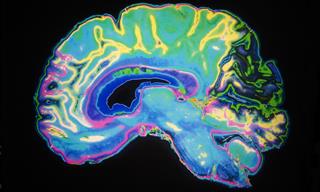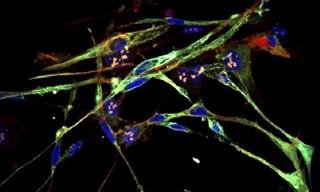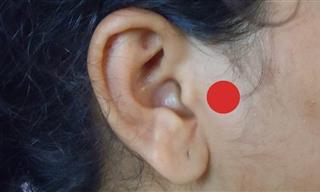Asthma and depression are two diseases that affect over 300 million people worldwide. Medical treatments are continually being developed for these ailments and many others that afflict millions of people across the globe. However, there are some diseases so rare, affecting as few as only 2 people until today. For these oddities, the research is still underway. In the interest of spreading the knowledge, here are the 10 rarest diseases on Earth.
1. Fields’ Disease

This is truly the rarest disease on the planet and is currently known to have affected only two people in the world. Catherine Fields and Christie Fields are Welsh twin sisters born in 1990 affected by this disease, which causes severe muscular degeneration.
Their unique disease was discovered when they were four years old and doctors could find no diagnosis for their illness. The disease was accordingly named after them. As the disease results in limited movement and speech, the twins use the aid of wheelchairs and electronic speaking devices for mobility and communication.
2. RPI Deficiency

This disease is also referred to as Ribose-5-phosphate isomerase deficiency, which affects certain deeper parts of the brain. It causes reduced and restricted mental and physical activity, involuntary eye movement and epilepsy. It also results in white brain matter disease which is like a build-up of plaque in certain regions of the brain and inhibits the body’s natural ability to convert glucose to fructose.
It was first discovered in 1999 when a young 14-year-old boy was diagnosed with this ailment. Since then, only 2 other people have been diagnosed with RPI deficiency, the most recent case being diagnosed as early as in 2018.
3. Epidermodysplasia verruciformis

(By Monirul Alam, Wikimedia Commons)
Epidermodysplasia verruciformis is a skin disease, usually found to be hereditary, that manifests in the form of large and thick warts forming on various parts of the body. It is also known as Treeman syndrome and increases the body’s susceptibility to human papillomaviruses, another term for warts, scaly protrusion on the skin, and the like.
It is believed that an irregularity in the distribution of zinc throughout the body has a big role to play in this disease, and causes massive warts to grow first on the hands and feet before slowly spreading to other parts of the body. Since the discovery of the disease in 1922, there have been only approximately 600 reported cases of this disease.
4. Parry–Romberg syndrome
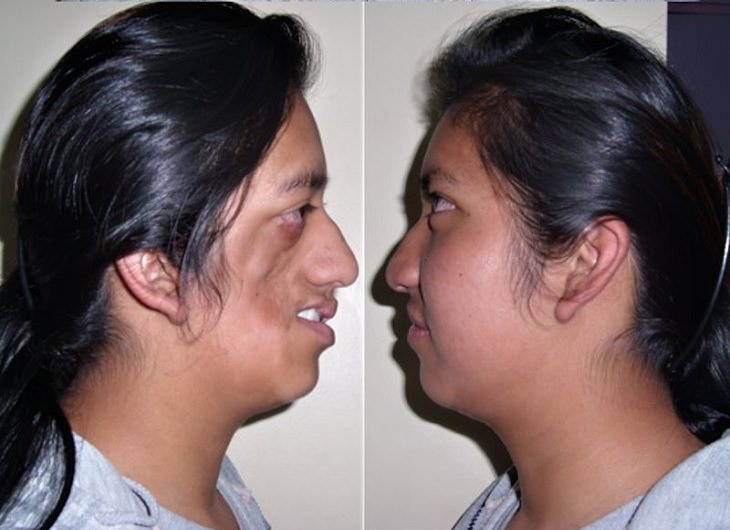
(By Desherinka, Wikimedia Commons)
Parry Romberg Syndrome (PRS for short) has been known to affect girls under the age of 15. It causes severe hemifacial atrophy, degeneration of the skin and connective tissue around the face. This also results in scarring, hair loss, dental abnormalities, and facial disfigurement.
PRS was first discovered by Caleb Hillier Parry in 1825, before being confirmed in 1846 by Moritz Heinrich Romberg, which attributes to its name. Current statistics report that 4 people out of every one million are afflicted with this illness.
5. Microcephaly

(By Centers for Disease Control and Prevention, Wikimedia Commons)
This disease develops either before birth or within the first few years after birth and presents first and foremost with reduced head size. Microcephaly also may result in neurological effects, dwarfism and such symptoms like impaired motor function, delayed speech and seizures among many others.
While this disease has been around for centuries (people suffering from this disease were crudely referred to as Pinheads in the 19th and 20th century), it was first properly discovered and diagnosed only in 2002.
6. Methemoglobinemia

Methemoglobinemia is a rare skin disorder that occurs when levels of methemoglobin (a hemoglobin in the body with a higher degree of iron present in it), are increased, affecting the reaction of oxygen in the body with iron. This causes the skin to take on a blue hue, leading to this ailment also being referred to as Blue Skin Disorder.
The first incidence of this disease was reported in 1943 in the UK. However, this disorder really gained fame when the discovery was made in the mid-1900s of a family in Kentucky that had passed down this disorder genetically for over 200 years.
7. Morgellons

Morgellons is an unexplained condition causing the sufferer to feel severe itchiness, coupled with sores, rashes and possible growth of black hairs and fibers on the skin. Some experts believe this disease is largely psychosomatic and can be accompanied by sensations of having been stung or bitten, or insects crawling on the sufferer's skin.
Because many of the symptoms are psychosomatic, it may also result in memory loss, anxiety and paranoia. A similar condition has been described as early on as in the 1600s, but it was first given its name in 2001.
8. Fibrodysplasia ossificans progressive – Stoneman’s Disease

Fibrodysplasia ossificans progressive (FOP), also known as Stoneman’s disease, is a rare and gradual disorder that steadily turns connecting tissue, like muscles, ligaments, and tendons, into bone. This conversion severely restricts movement and progresses over a number of years.
However, minor injuries can cause the progression to speed up drastically. Approximately 1 out of every 2 million people is believed to suffer from this condition, though there have been only 800 confirmed cases of it reported to date.
9. Kuru
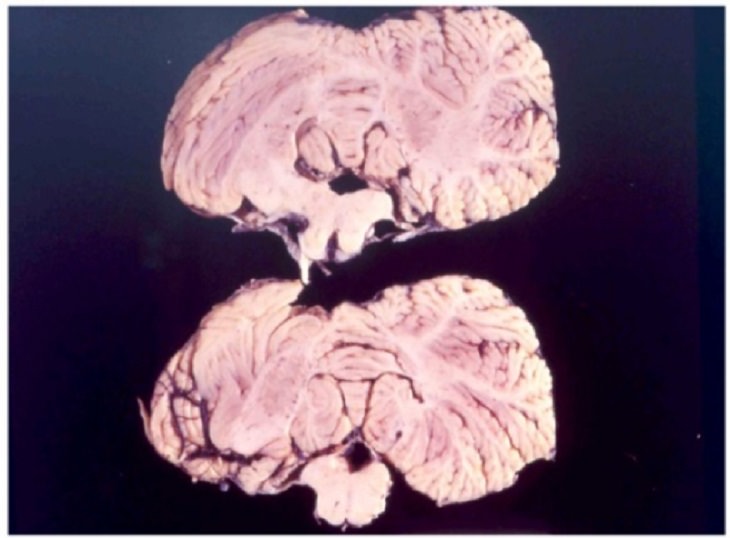
(By Liberski PP, Wikimedia Commons)
This disease is extraordinarily rare, and while it doesn’t have a cure, it is preventable by the relatively simple act of not committing cannibalism. Kuru originates from an isolated area in New Guinea, inhabited by the Fore Tribe. Prior to the 1950s and the spread of Kuru, the Fore Tribe practiced cannibalism as part of a ritual to preserve the spirits of the dead. The practice has obviously since been outlawed, and the spread of the disease stopped.
This disease was believed to be closely related to mad cow disease and caused by consuming human brains that were infected with the disease. It results in the build-up of abnormal brain tissue, brain damage, tremors and seizures, impaired motor abilities, and body pain. The disease was discovered by Daniel Carleton Gajdusek, who won a Nobel Prize in 1976 for his research on Kuru.
10. Progeria (Hutchinson-Gilford progeria syndrome)
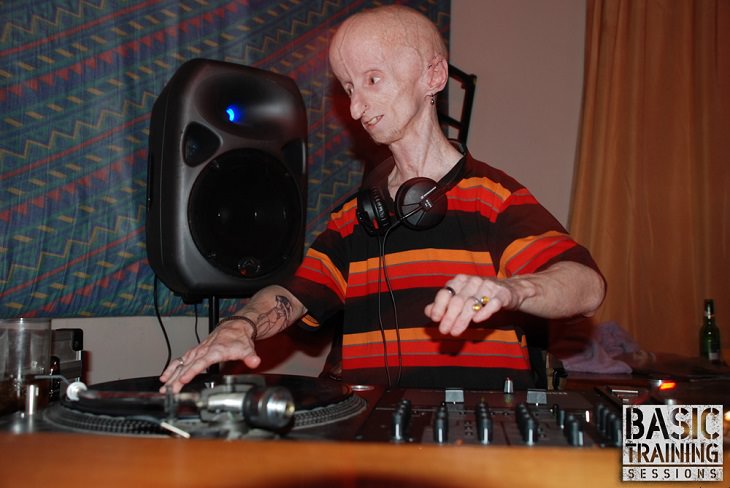
(By Dplanet, Wikimedia Commons)
Hutchinson-Gilford progeria syndrome (HGPS), most commonly known as simply Progeria, is a disease that manifests in the form of rapid aging, usually seen in children. This disease affects approximately 4 to 5 people out of every 1 million.
The life expectancy of children diagnosed with Progeria is 13 years, though there are 100 reported incidents of patients with this disease living to their twenties. Symptoms of Progeria include aged skin, joint abnormalities, and distinct facial features.
 Go to BabaMail
Go to BabaMail















